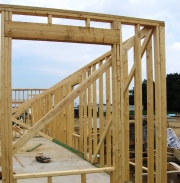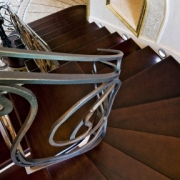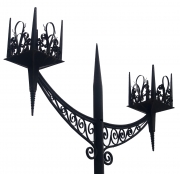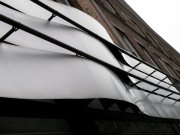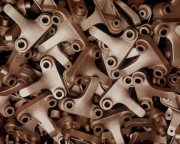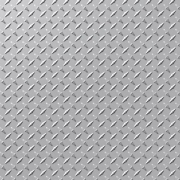Engineered Wood Products
Engineered wood materials are manufactured products that utilize strands, particles, fibers, and veneers of wood to produce a range of different types of products. Readily available at lumber yards, these products are cut to length in the field, similar to dimensional lumber. The application of engineered wood products is also similar to that of dimensional lumber; however, each offers its own performance and manufacturing advantages. Engineered wood products also have some disadvantages in comparison to dimensional lumber. They have less fire resistant, require more energy to manufacture, have adhesives that can potentially release toxins into the environment, and are prone to moisture damage. Engineered wood products are often used as columns, beams, girders, joists, purlins, rafters, studs and bracing.

